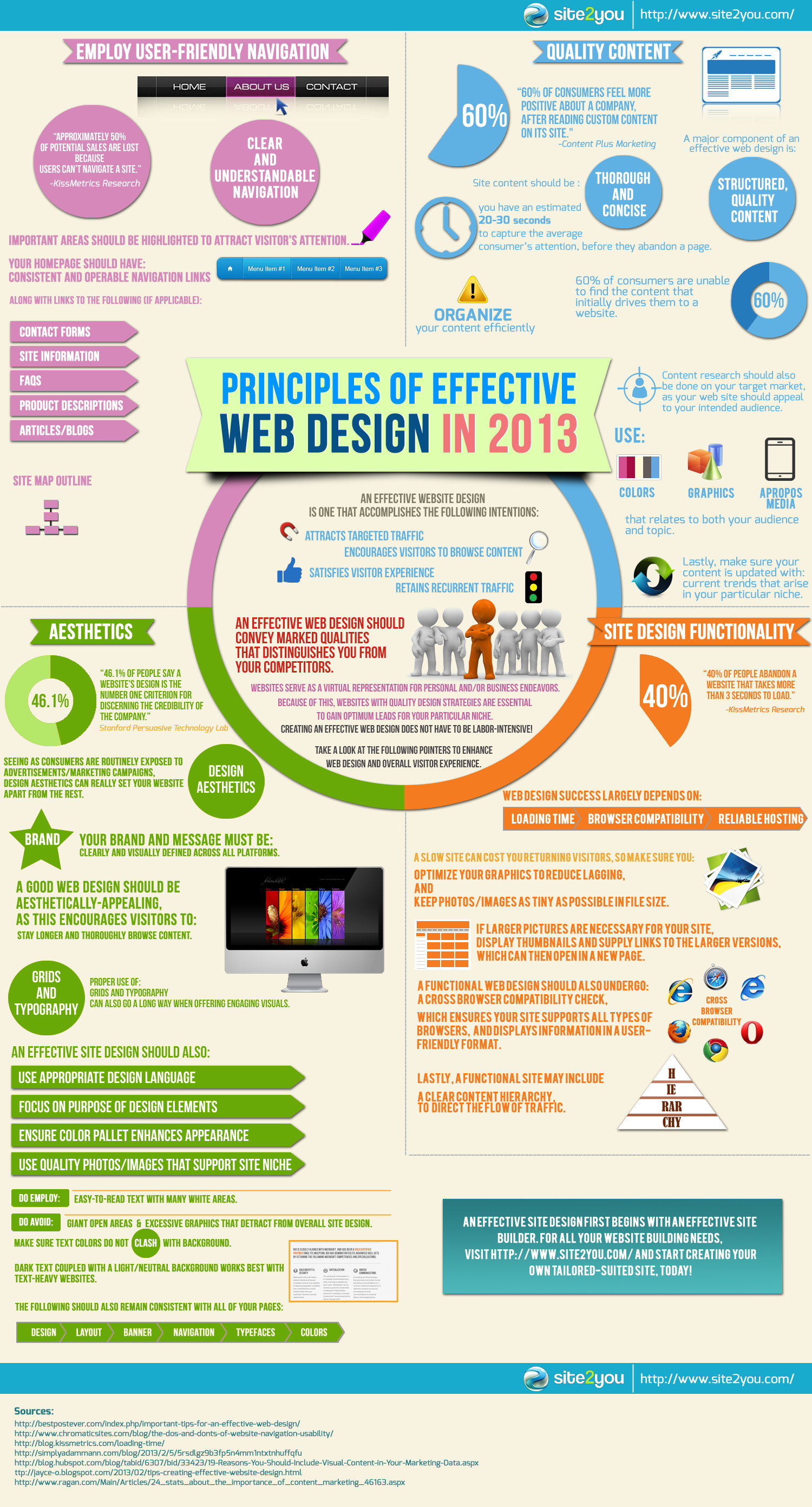In the past, web sites were simple and concentrated on information. Navigating was straight, and style was for desktops. Now, customer experience is key. Data guides styles for very easy navigating. Responsive layouts fit various devices. Today, dark setting decreases pressure, and minimal menus improve navigation. https://gisuser.com/2021/06/5-tips-for-building-links-that-will-boost-your-seo/ engage users, and vibrant visuals stand apart. AI integration increases interaction. See just how style has actually evolved to improve your on-line journey.
Early Days of Web Design
In the early days of web design, simplicity preponderated. Sites were fundamental, with limited shades, typefaces, and layouts. The focus got on offering details instead of showy visuals. Users accessed the net with slow dial-up connections, so speed and performance were essential.
Navigation food selections were straightforward, commonly situated at the top or side of the web page. Websites were designed for computer, as mobile surfing had not been yet prevalent. Material was king, and designers prioritized simple readability over complicated layout elements.
HTML was the main coding language utilized, and designers needed to work within its constraints. Animations and interactive features were minimal compared to today's criteria. Web sites were static, with little dynamic web content or individualized customer experiences.
Increase of User-Focused Layout
With the advancement of site design, a shift towards user-focused style principles has become significantly prominent. Today, producing websites that prioritize user experience is essential for involving site visitors and attaining service goals. User-focused design entails understanding the requirements, choices, and behaviors of your target market to customize the web site's design, web content, and features appropriately.
Developers currently perform detailed research, such as individual studies and functionality screening, to gather understandings and responses straight from users. This data-driven strategy aids in creating user-friendly navigation, clear calls-to-action, and visually enticing interfaces that resonate with site visitors. By putting the user at the center of the design procedure, sites can deliver a much more tailored and delightful experience.
Responsive design has additionally become an essential facet of user-focused style, making certain that internet sites are maximized for various tools and screen dimensions. This adaptability improves accessibility and use, accommodating the diverse ways individuals communicate with web sites today. Basically, the rise of user-focused layout indicates a shift in the direction of creating electronic experiences that focus on the requirements and expectations of the end user.
Modern Trends in Web Design
Check out the most recent trends forming web design today. One famous pattern is dark mode style, using a smooth and modern appearance while lowering eye strain in low-light environments. An additional crucial pattern is minimal navigation, simplifying menus and enhancing customer experience by concentrating on essential elements. Integrating micro-interactions, such as computer animated buttons or scrolling results, can create an extra interesting and interactive website. Responsive layout remains critical, ensuring smooth user experiences across various devices. Furthermore, utilizing bold typography and unbalanced designs can add visual interest and draw attention to particular material.
Integrating AI technology, like chatbots for customer assistance or individualized suggestions, enhances customer interaction and simplifies procedures. Access has additionally end up being a considerable fad, with designers focusing on comprehensive design practices to deal with varied user needs. Welcoming sustainability by optimizing site efficiency for rate and efficiency is one more arising trend in web design. Teaming up with user feedback and data analytics to repeat and enhance design continuously is important for staying relevant in the ever-evolving digital landscape. By welcoming these contemporary patterns, you can produce a visually attractive, user-friendly internet site that reverberates with your target market.
Conclusion
As you reflect on the advancement of site layout from the early days to currently, you can see just how user-focused design has ended up being the driving force behind modern trends.
Accept the trip of modification and adjustment in website design, constantly keeping the user experience at the center.
Tippingpointdigital
Stay current with the current fads and modern technologies, and never ever stop evolving your approach to create aesthetically spectacular and user-friendly web sites.
Advance, adjust, and create - the future of website design is in your hands.
